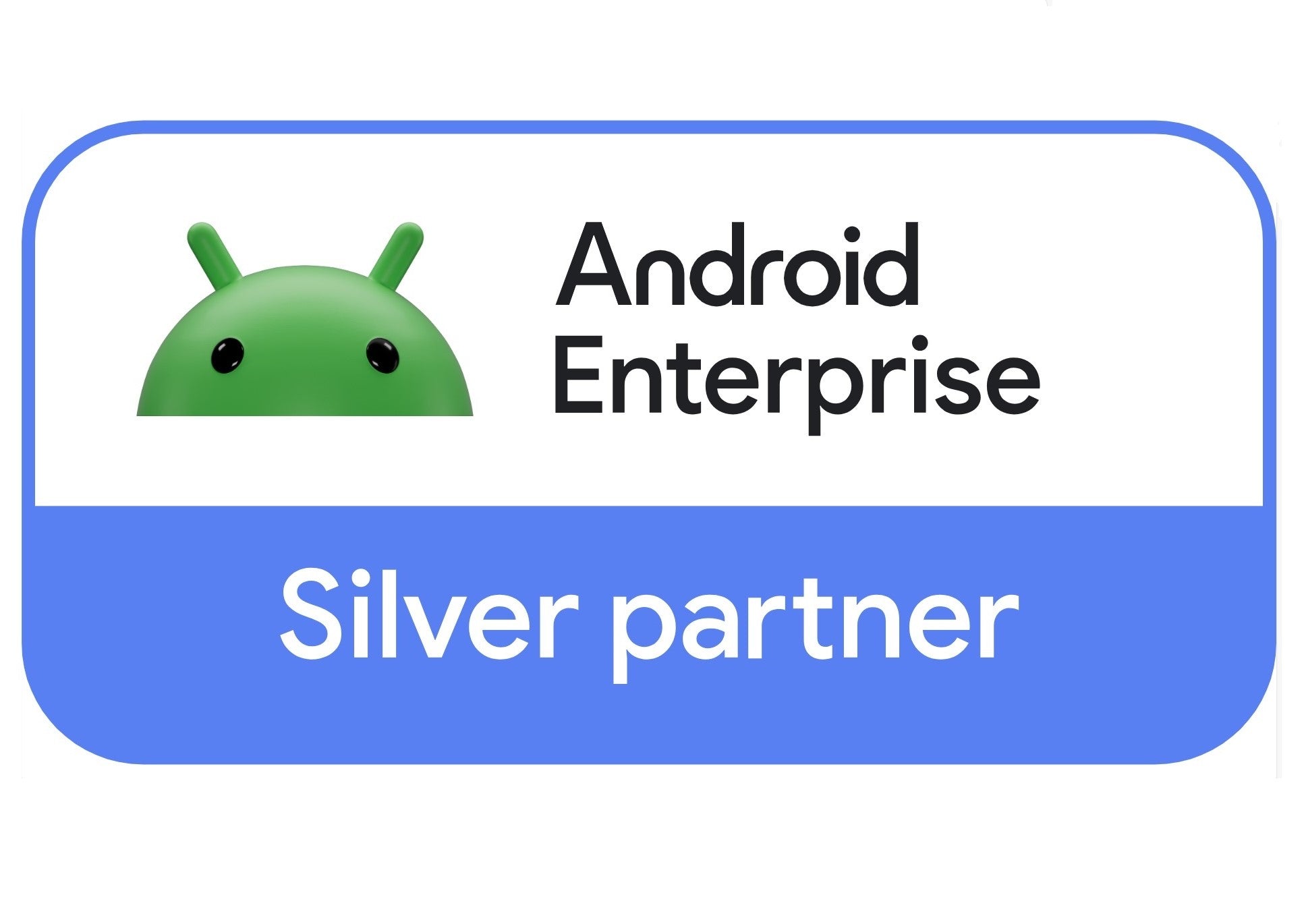Enterprise Payment Technology and Secure Transaction Solutions
Payment Solutions
Kestronics provides Payment Solutions to help organisations improve visibility, accuracy and productivity in their day-to-day operations. We combine enterprise-grade hardware, software and managed services so your teams can rely on the tools they use every day.
What Our Payment Solutions Deliver
Our solutions are designed around real-world use cases in retail, transport and logistics, aviation, manufacturing, healthcare, gaming and the public sector. Rather than starting with products, we focus on the workflows and outcomes that matter to your business.
- Better data capture and visibility across sites and teams
- More consistent process execution with fewer workarounds
- Improved user experience for frontline and back-office staff
- Technology choices that are aligned with IT, security and compliance standards
- Supportable platforms that can scale with your organisation
How Payment Solutions Fit into Your Environment
Our Payment Solutions can sit alongside existing systems or form part of a wider transformation project. We regularly integrate with warehouse management, transport management, POS, ERP and industry-specific platforms, and we design with long-term support in mind.
Where relevant, these solutions are complemented by:
- Operational Workflow Solutions
- Connected Workforce Solutions
- Supply Chain & Asset Visibility Solutions
- Customer Experience Solutions
- Hardware Solutions and Software Solutions
Delivered with Services That Make a Difference
Technology alone is not enough. Our solutions are supported by deployment, configuration and lifecycle services delivered through Kestronics One360, OneManaged and OneGlobal. This includes staging, MDM configuration, gold builds, repairs, buffer stock and global logistics.
Ready to Explore Payment Solutions for Your Organisation?
If you are reviewing your current setup or planning a new project, we can help shape the right payment solutions for your environment.
Speak to our team or book a discovery call today.
Prefer email? You can reach us at sales@kestronics.co.uk.
Shipping
Yes, we ship all over the world. Shipping costs will apply, and will be added at checkout. We run discounts and promotions all year, so stay tuned for exclusive deals.
It depends on where you are. Orders processed here will take 5-7 business days to arrive. Overseas deliveries can take anywhere from 7-16 days. Delivery details will be provided in your confirmation email.
We use all major carriers, and local courier partners. You’ll be asked to select a delivery method during checkout.
Product
We always aim for make sure our customers love our products, but if you do need to return an order, we’re happy to help. Just email us directly and we’ll take you through the process.
It depends on the creator and the product. All options are outlined on the product page, so look out for customization options there.
Other
You can contact us through our contact page! We will be happy to assist you.
Any questions?
If we still haven't answered your question, you can contact us below and we will get back to you as soon as possible.
Technology Partners
View allReady to get started?
Thank you for visiting our store. We're here to help you find exactly what you need. Get in touch with any questions or start shopping today!






